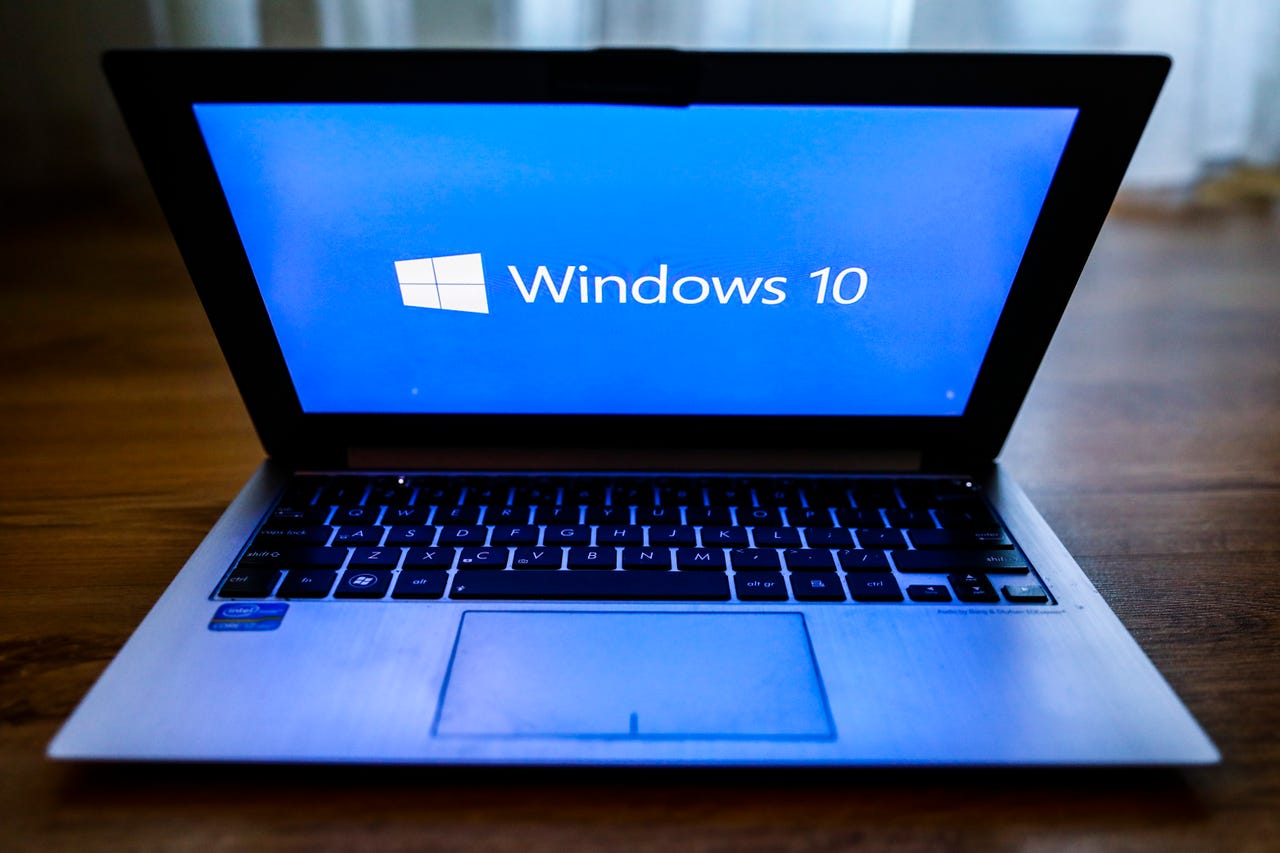When the end-of-support deadline rolls around in October 2025, you'll need to pay to keep receiving security updates for your Windows 10 PC. But Microsoft won't say how much those updates will cost.
The last piece of the Windows 10 support puzzle is in place. Well, almost.
In a blog post today, Microsoft's Jason Leznek, principal product manager for Windows servicing and delivery, announced that the company will offer Extended Security Updates (ESUs) for Windows 10 for organizations, just as it did with Windows 7. In a separate message ahead of today's announcement, a Microsoft spokesperson confirmed that those updates will be available to individual consumers as well.
Those updates won't be free, of course. To receive monthly security updates, customers will have to pay for an annual ESU subscription, with the option to renew that subscription for up to two additional years. That means, in theory, that a paying customer can extend the life of a Windows 10 PC from the official end-of-support date of October 14, 2025, until October 10, 2028.
How much is it all going to cost? Microsoft refuses to say, promising only that further details will be available "at a later date."
After watching Microsoft's messy, confusing ESU program for Windows 7, I hope the company has learned a few lessons. That program, which initially covered only enterprise customers but was ultimately expanded to include small businesses, was expensive. For Windows 7 PCs with Enterprise Edition licenses, the annual price of ESUs started at $25 per device, going up to $100 per device for year three. For PCs running Windows Pro edition, Windows 7 ESU pricing started at $50 per device in year one and reached $200 per device in year three.
The Windows 7 ESU implementation was also extraordinarily difficult for small businesses to implement, as I found out when I tried to document the process at ZDNET back in 2019. Signing up for a Windows 7 ESU subscription required finding a Microsoft partner willing to work with a small number of licenses, with extra complications like signing up for an Azure Active Directory account. (That feature has since been renamed to Entra ID.)
Back then, of course, the option to upgrade a PC for free from Windows 7 to Windows 10 was still available, so those who chose to stick with Windows 7 were either stubborn or tied to hardware and software that wasn't compatible with the newer operating system.
The transition from Windows 10 to Windows 11 is dramatically different, in that a large number of PCs – perhaps as many as 400 million – will be unable to upgrade because the hardware doesn't meet the higher minimum standards for Windows 11.
(And a quick technical note here: For most Windows 10 PCs, the compatibility dealbreaker isn't the requirement for Trusted Platform Module [TPM] 2.0 support, which has been widely available on PCs for more than a decade. Instead, PCs that fail the compatibility check typically do so because they have a pre-2019 CPU that isn't on Microsoft's approved list.)
I'm disappointed that Microsoft is insisting that its customers pay for what should be a free service. They have to develop the security updates no matter what, if only to serve customers using the Long Term Support Channel editions of Windows. If the ESUs for individuals cost more than a token amount per device, it's a sign of pure greed.
I'm cautiously optimistic that Microsoft can come up with a simple sign-up option for this program, using the same infrastructure that handles services like OneDrive and Microsoft 365 for consumers with Microsoft accounts. I'm even more confident that enthusiasts will figure out a way to hack those subscriptions and make the updates available for free, just as they did with the earlier Windows 7 ESU program.
If you have a Windows 10 PC that doesn't meet Windows 11 upgrade requirements, the easiest option is to replace it before the end-of-support date, of course. If you'd prefer to save your money and not get rid of a perfectly functional older PC, your best option is to use one of the many supported workarounds to install Windows 11 and carry on.
But for anyone in business who wants to stick with Windows 10 after the end of 2025, prepare to pay.



Recommended Comments
There are no comments to display.
Join the conversation
You can post now and register later. If you have an account, sign in now to post with your account.
Note: Your post will require moderator approval before it will be visible.